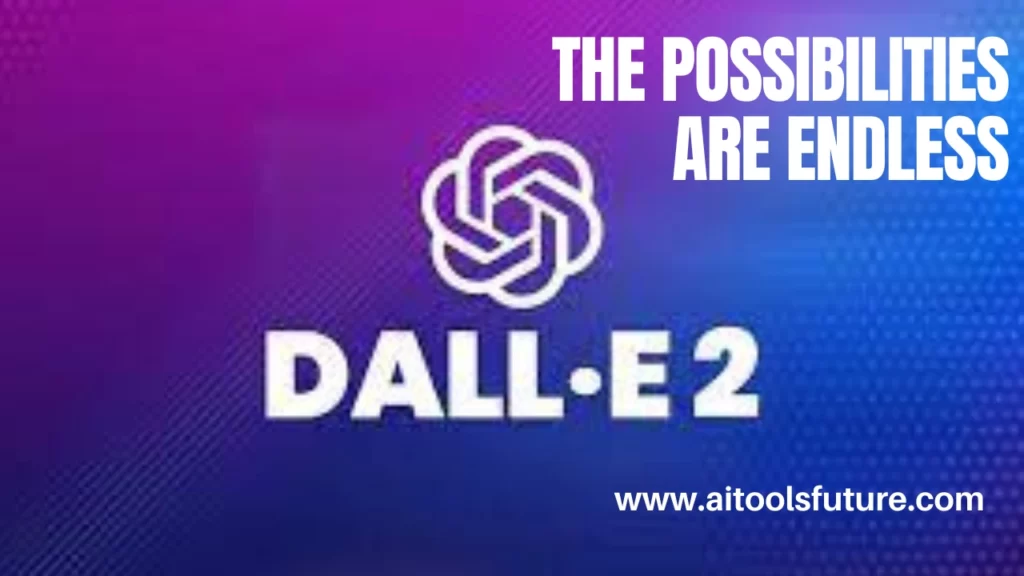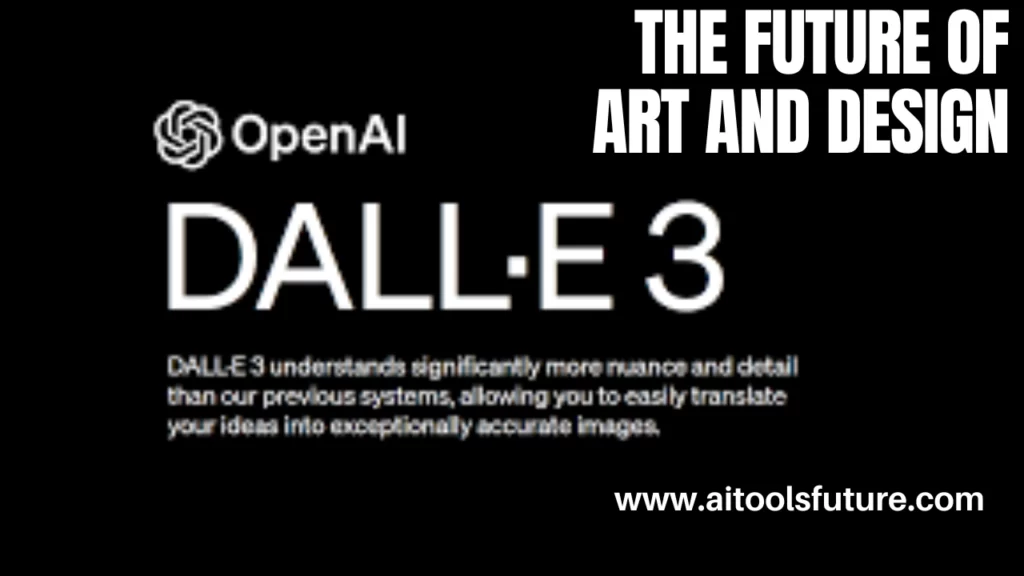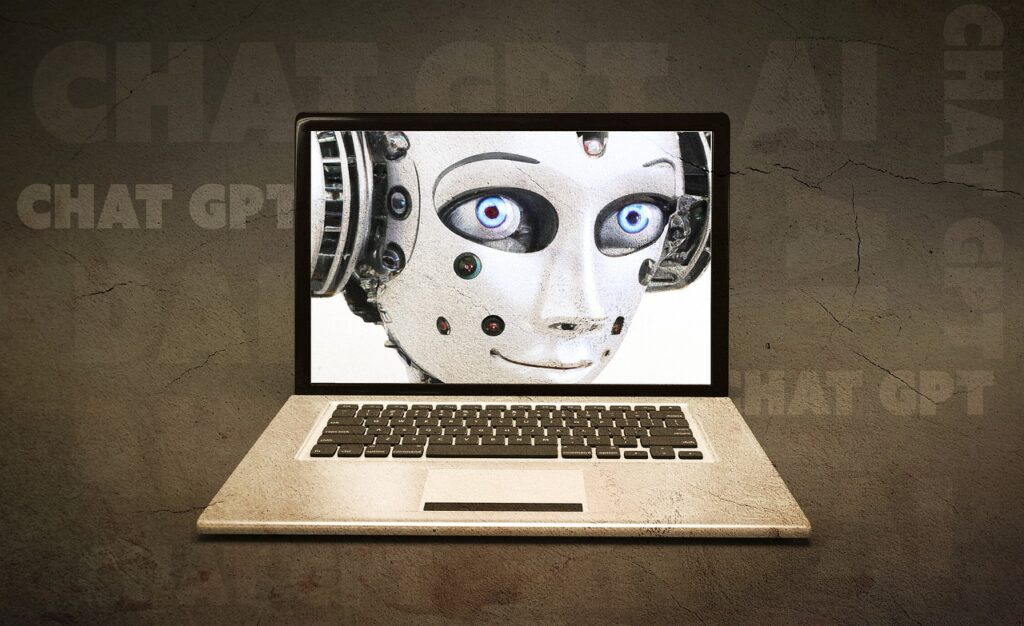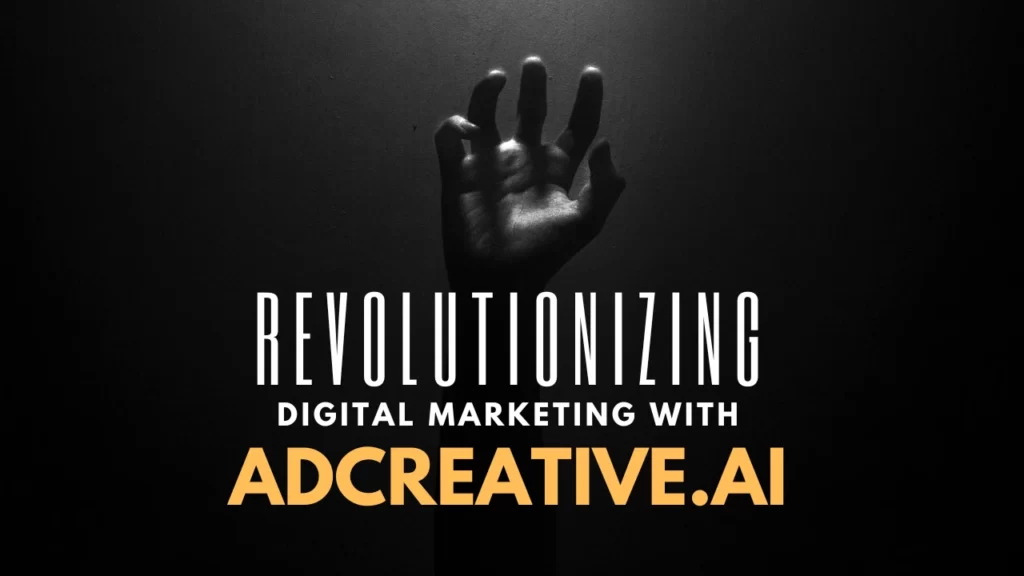DALL·E is a text-to-image diffusion model developed by OpenAI. It can create realistic images and art from a text description. It can also combine concepts, attributes, and styles. It was first announced in January 2021 and is still under development. DALL·E is based on the GPT-3 language model, which is a large language model that can generate text, translate languages, write different kinds of creative content, and answer your questions in an informative way. DALL·E takes GPT-3’s ability to understand and generate text and applies it to the task of generating images.

DALL·E is trained on a massive dataset of text and images. This dataset includes a wide range of images, from realistic photos to abstract art. DALL·E learns to associate different text descriptions with different images. When you give DALL·E a text description, it uses its knowledge of the dataset to generate an image that matches the description. DALL·E can be used for a variety of tasks, such as:
- Generating realistic images from text descriptions
- Creating art and illustrations
- Designing products and prototypes
- Generating educational content
- And much more
DALL E 2 : The Possibilities Are Endless
In April 2022, the developers announced a newer and more advanced version of DALL·E called DALL·E 2. DALL·E 2 is based on a different architecture than DALL·E, and it can generate images with higher quality and resolution. DALL·E 2 can also combine concepts, attributes, and styles in more creative and interesting ways.
DALL·E 2 is trained on a larger dataset than DALL·E, and it includes more diverse and realistic images. This allows DALL·E 2 to generate images that are more realistic and detailed. DALL·E 2 can also generate images in a wider range of styles, from realistic to abstract.
What Dall E2 can do?
DALL·E 2 is still under development, but it has the potential to revolutionize the way we interact with computers and create new and innovative products and services. It is an exciting time to be involved in the field of AI, and I am looking forward to seeing how DALL-E is used to improve our lives in the years to come. DALL·E 2 has a number of new features that are not available in DALL·E. These features include:
- Inpainting: DALL·E 2 can fill in missing parts of an image, or replace parts of an image with new content.
- Variations: DALL·E 2 can generate multiple variations of an image, with different angles, styles, and colors.
- Edit: DALL·E 2 can edit existing images, such as changing the color or style of an object, or removing unwanted objects from an image.
- DALL·E 2 is a powerful tool that can be used for a variety of tasks, such as:
- Generating realistic images and art from text descriptions
- Designing products and prototypes
- Creating educational content
- Editing and retouching photos
- And more
DALL-E’s Limitations
Dall-E 2 is a powerful tool, but it has some limitations. For example, it can sometimes generate images that are factually incorrect or grammatically incorrect. It can also be biased in some cases. The limitations include:
Bias
Dall-E 2 is trained on a massive dataset of text and images, but this dataset may reflect the biases that exist in the real world. As a result, Dall-E 2 may generate images that are biased against certain groups of people.
Accuracy
Dall-E 2 is not perfect, and it can sometimes generate images that are inaccurate or misleading. For example, Dall-E 2 may generate images that are factually incorrect, or it may generate images that are offensive or harmful.
Safety
Dall-E 2 can be used to generate harmful content, such as deepfakes and propaganda. OpenAI has implemented a number of safety measures to prevent this, but it is still possible to generate harmful content with Dall-E 2.
Limited range of styles
Dall-E 2 is best at generating realistic images, but it can also generate images in a variety of artistic styles. However, the range of styles that Dall-E 2 can generate is still limited.
Limited understanding of complex concepts
Dall-E 2 is good at understanding and generating images of simple objects and scenes. However, it can still struggle with complex concepts, such as abstract ideas and emotions.
Limited ability to edit and retouch photos
Dall-E 2 can edit and retouch photos, but its capabilities in this area are still limited. For example, Dall-E 2 may not be able to remove objects from a photo without leaving behind any artifacts.
OpenAI is aware of these limitations, and it is working to improve Dall-E 2 in these areas. For example, OpenAI is working to de-bias the training data and to improve the accuracy of Dall-E 2’s image generation. OpenAI is also working to develop new safety measures to prevent the misuse of Dall-E 2. Despite its limitations, Dall-E 2 is a powerful tool that has the potential to be used for good. OpenAI is committed to developing and using Dall-E 2 in a responsible and ethical way.
DALL-E’s Future
DALL-E is a rapidly developing technology, and it has the potential to revolutionize many aspects of our lives. The future of DALL-E is bright. It is a powerful tool that has the potential to revolutionize the way we interact with computers and create new and innovative products and services. For example, it could be used to create new forms of art and entertainment, improve the accessibility of information and education, and help us to better understand the world around us. Here are some of the ways that DALL-E could be used in the future:
Art and Design
DALL-E could be used to create realistic images and art from text descriptions. This could be used to create new forms of art and design or to improve the efficiency of existing design processes. It can be used to generate new styles of painting, create realistic images of fictional or imaginary characters, and design new products and services.
Education
DALL-E could be used to create educational content, such as interactive simulations and visualizations. It can be used to improve education in a number of ways. For example, it can be used to create personalized learning experiences for students, provide feedback on student work, and help students to learn new concepts.
DALL-E in Business
DALL-E can be used to improve businesses in a number of ways. It could be used to create marketing materials, such as product images and advertising campaigns. This could help businesses to reach a wider audience and generate more sales.
DALL-E in Healthcare
DALL-E can be used to improve healthcare in a number of ways. For example, it can be used to create realistic images of diseases and injuries, help doctors to diagnose diseases, and develop new treatments.
DALL-E in research
DALL-E can be used to improve research in a number of ways. For example, it can be used to generate hypotheses, analyze data, and create new visualizations. It could be used to generate images of new scientific discoveries, such as new molecules or planets. This could help scientists to communicate their findings to a wider audience.
DALL-E’s Ethics
It is important to consider the ethical implications of using DALL-E. For example, it is important to be aware that DALL-E can be used to generate harmful or deceptive content. It is also important to ensure that DALL-E is used in a way that is fair and unbiased.
The Latest DALL-E 3
DALL·E 3 is an improvement over its predecessor, DALL·E 2, and generates images that are more visually striking and crisper in detail. DALL·E 3 is built natively on ChatGPT, which allows users to use ChatGPT as a brainstorming partner and refiner of prompts. DALL·E 3 is designed to understand significantly more nuance and detail than previous systems, allowing users to easily translate their ideas into exceptionally accurate images. It can render intricate details such as text, hands, and faces with reliability.
DALL·E 3 is available to all ChatGPT Plus and Enterprise users and will be available via the API and in Labs later this fall. To use DALL·E 3, users can prompt ChatGPT with an idea, and ChatGPT will automatically generate tailored, detailed prompts for DALL·E 3 that bring the idea to life. If a user likes a particular image but it’s not quite right, they can ask ChatGPT to make tweaks with just a few words.
DALL·E 3 has taken steps to limit its ability to generate violent, adult, or hateful content. It has mitigation to decline requests that ask for a public figure by name. OpenAI has improved safety performance in risk areas like the generation of public figures and harmful biases related to visual over/under-representation in partnership with red teamers—domain experts who stress-test the model—to help inform their risk assessment and mitigation efforts in areas like propaganda and misinformation.
Suggested Reading:
Revolutionize Your Visual Content with PhotoRoom AI Photo Editor
To Summarize
DALL-E/E-2 is a powerful text-to-image diffusion model that has the potential to revolutionize the way we interact with computers and create new and innovative products and services. DALL-E/E-2 is still under development, but it has already demonstrated its ability to generate realistic and creative images from text descriptions. It is capable of generating images in a wide range of styles, from realistic to abstract. DALL-E is a powerful tool with a bright future. It has the potential to change the way we interact with computers and create new and innovative products and services.



